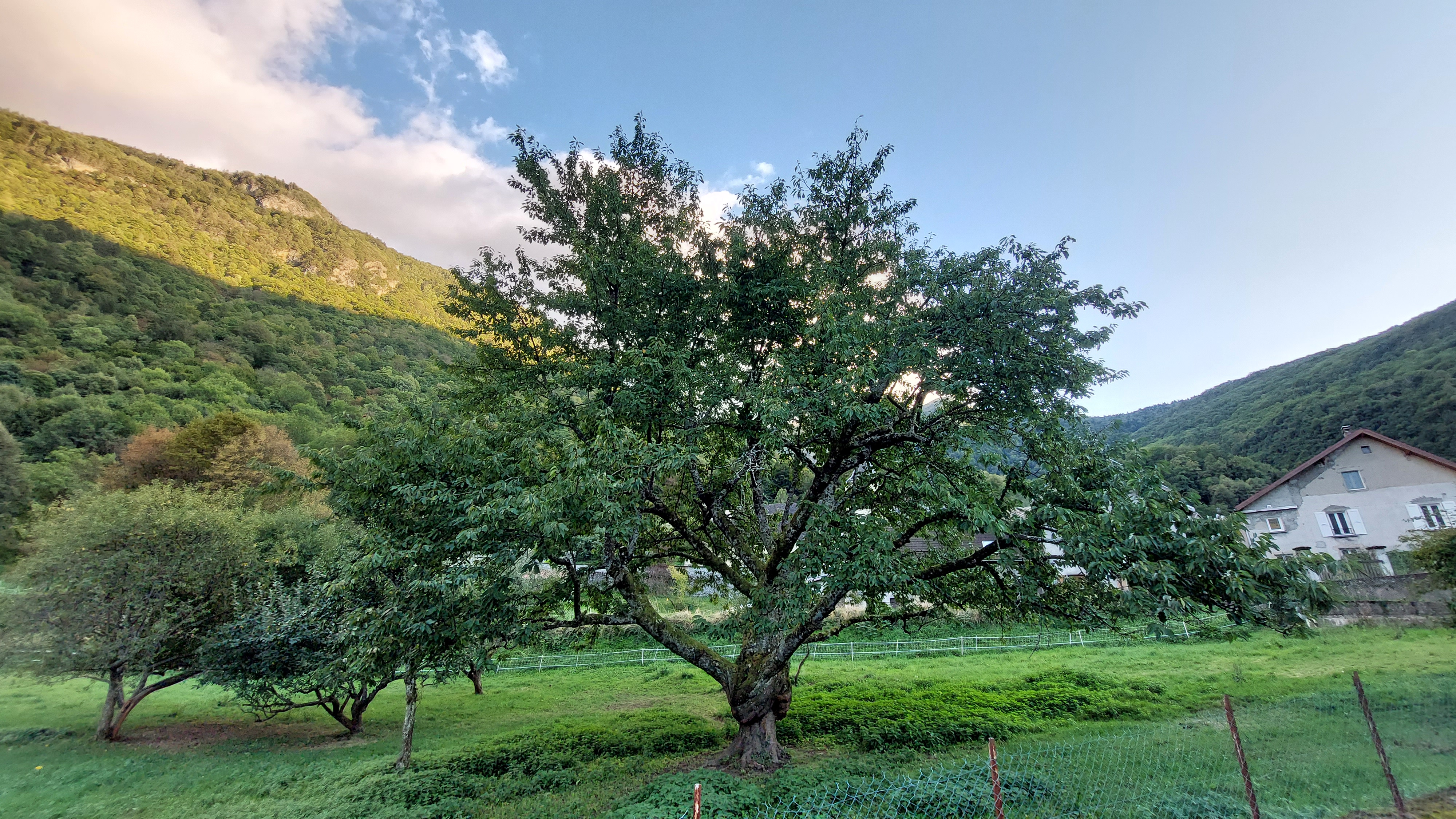We care about having the best data. We care about having best the map. We care about having the best mapping community.
“We” is doing a lot here. Honestly, I don’t care about the render. Sure I’ve wanted some things rendered before, sure I’ve been emotional when it didn’t magically happen. But I’ve only though about rendering for a few minutes. People care a lot more then me, in retrospect, I’m sorry. I should have trusted you.
Honestly, I don’t care about the intricacies of tagging/”schemas”. Sure I’ve gotten emotional on the mailing list, and I’ve even talked about “you” (the list) behind your back. But you’ve thought about this more than me, I should have trusted you. Sorry.
I have thought a lot about the quality of our data, it’s not perfect. About the usability of our data, there are issues. About the accessibility of our data, it could easier. But actually we are doing pretty good. We are even doing better than the commercial datasets.
So trust the people that care the most, support us, encourage us, give us data and tooling, but most importantly, don’t get in our way. We’ve got this.
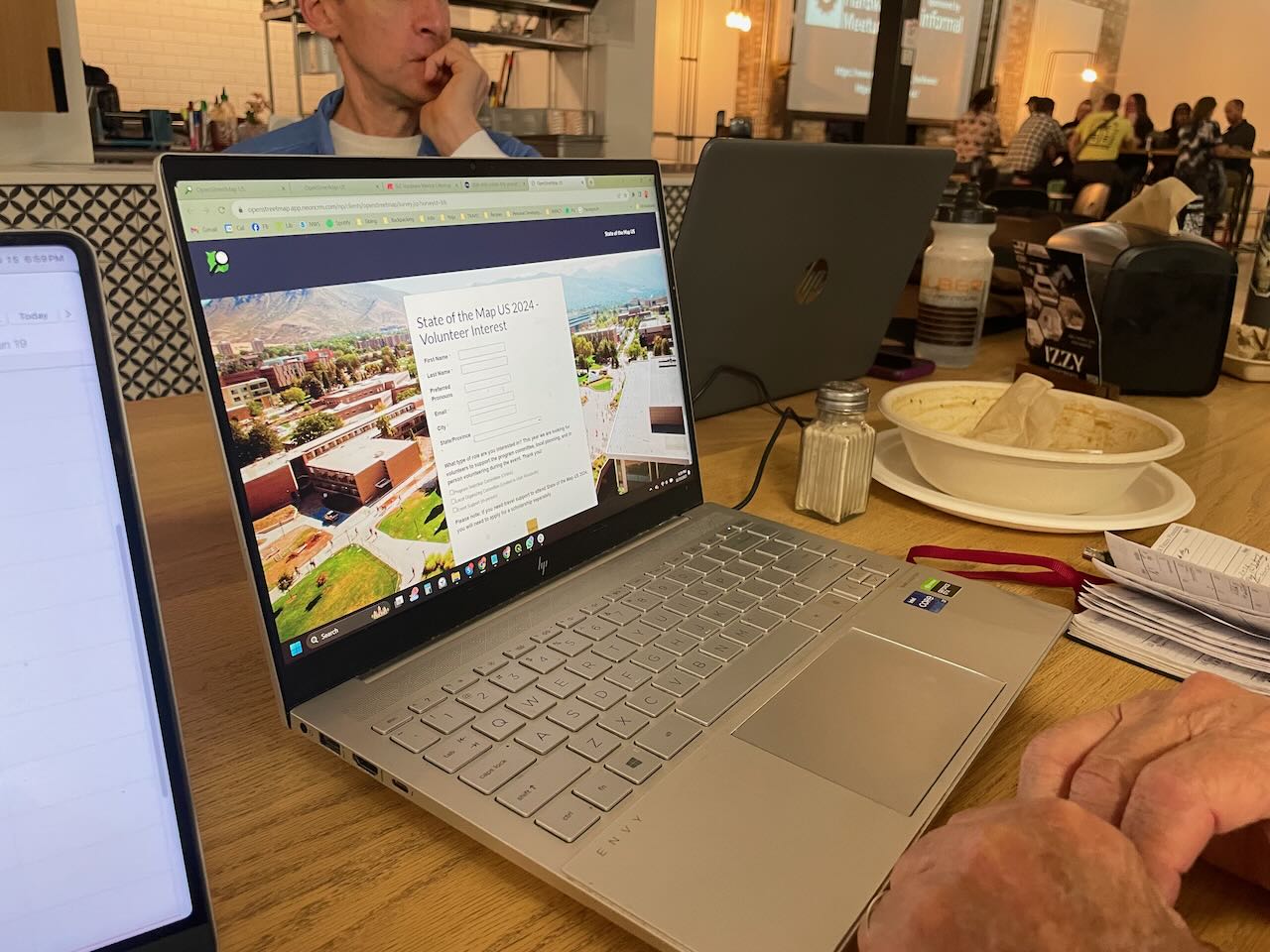

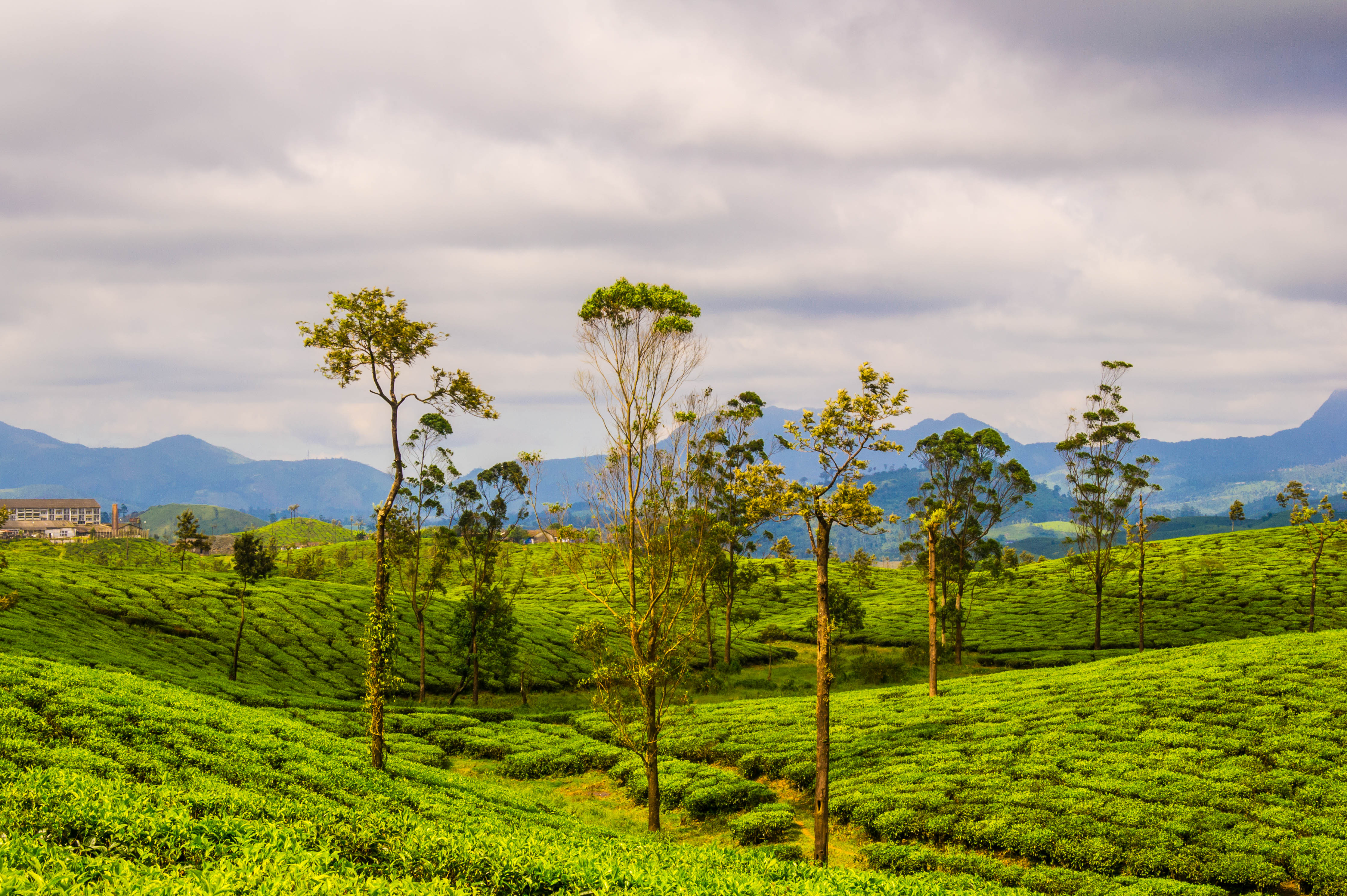 Tea plantations in Valparai by Thangaraj Kumaravel | Image license:
Tea plantations in Valparai by Thangaraj Kumaravel | Image license: 

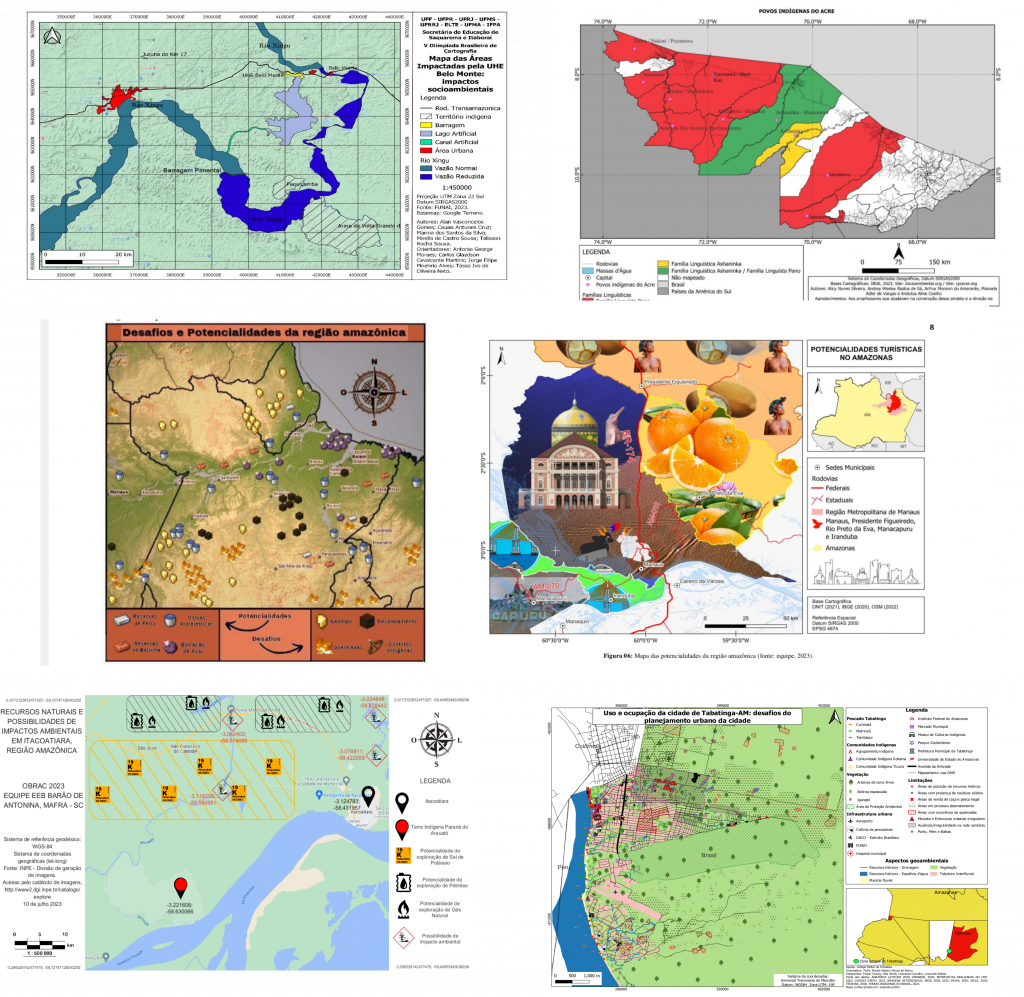 Source: OBRAC 2023 Teams - Ref. 6298800859 (topo esq.); 6299051019 (topo dir.); 6116334695 (centro esq.); 6474822799 (centro dir.); 6169070179 (inf. dir.); 6191786719 (inf. esq.).
Source: OBRAC 2023 Teams - Ref. 6298800859 (topo esq.); 6299051019 (topo dir.); 6116334695 (centro esq.); 6474822799 (centro dir.); 6169070179 (inf. dir.); 6191786719 (inf. esq.).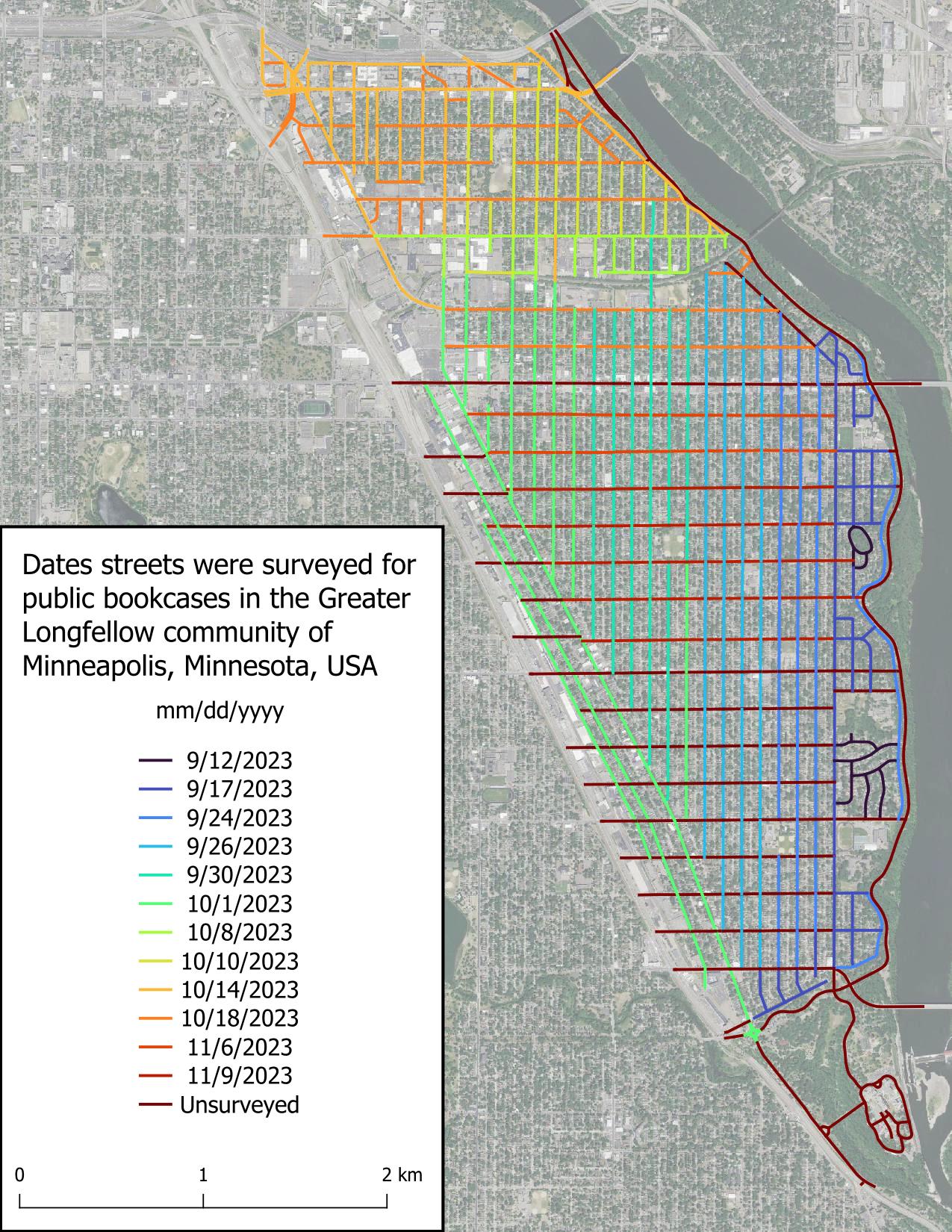
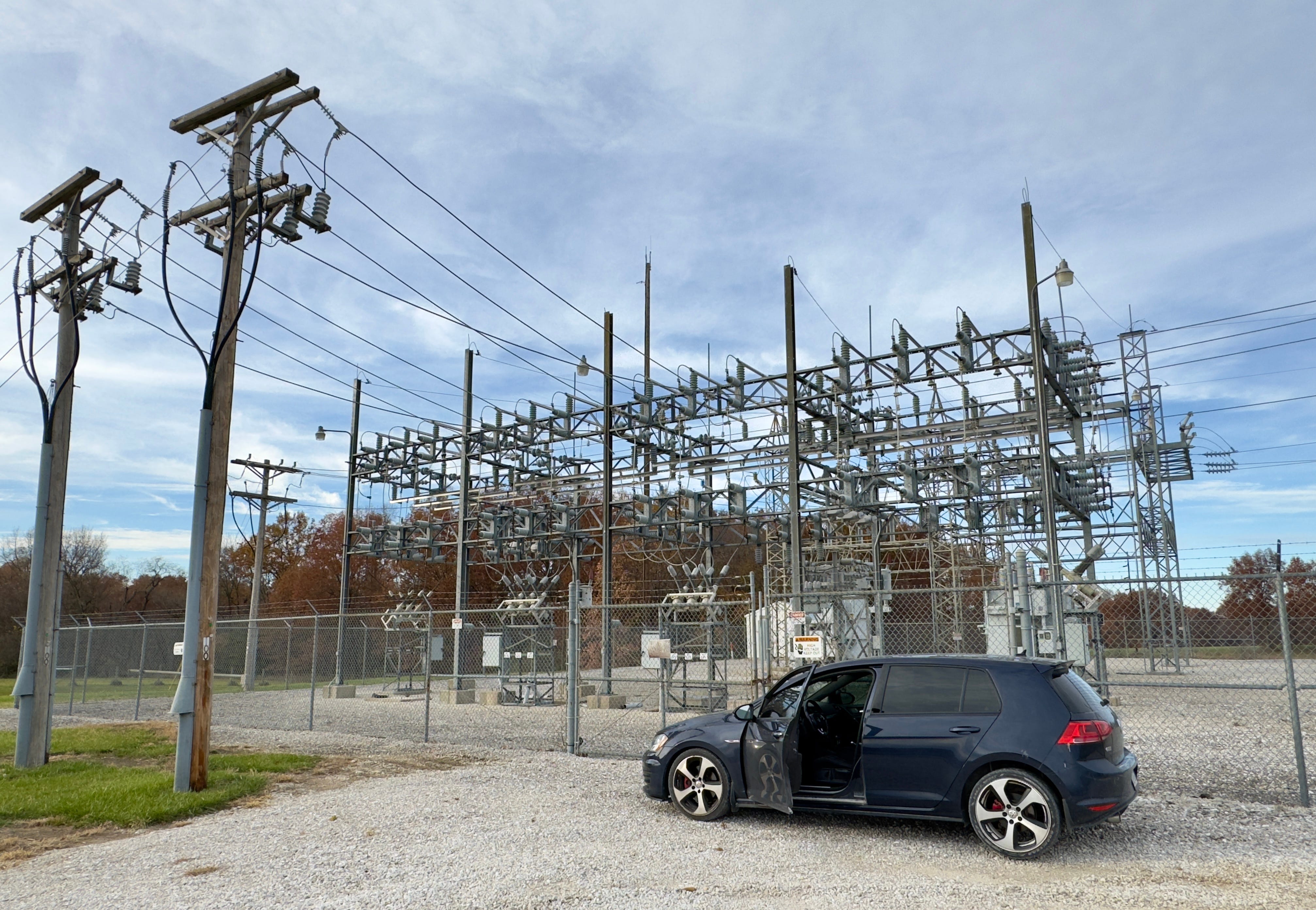

 And we have thousands of open notes from StreetComplete with signs of establishments. It would be nice to add tags to the object in a couple of clicks that ChatGPT could recognize. Or build this function directly into some editor.
And we have thousands of open notes from StreetComplete with signs of establishments. It would be nice to add tags to the object in a couple of clicks that ChatGPT could recognize. Or build this function directly into some editor.